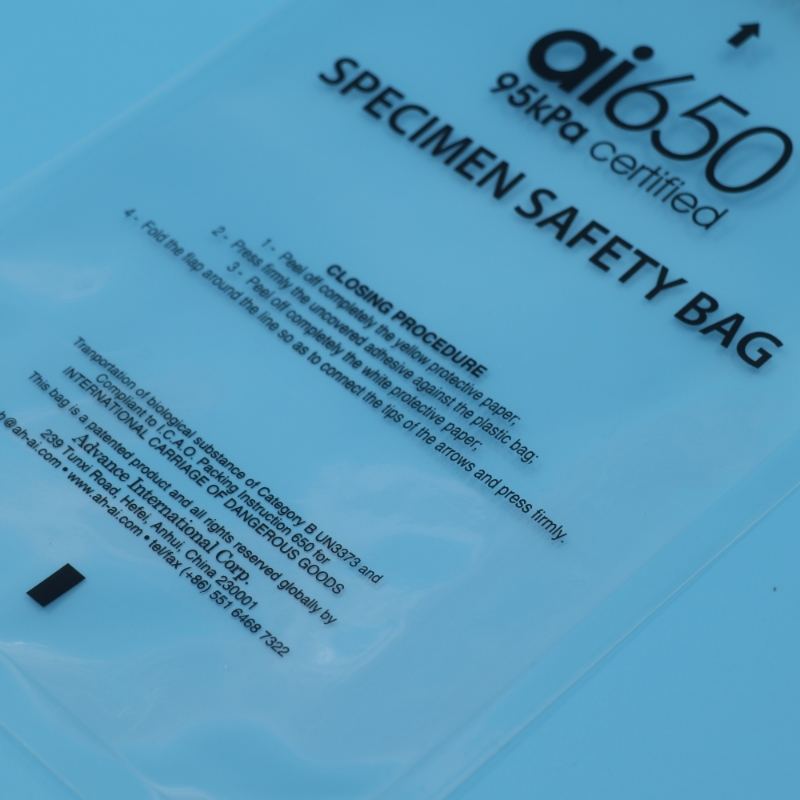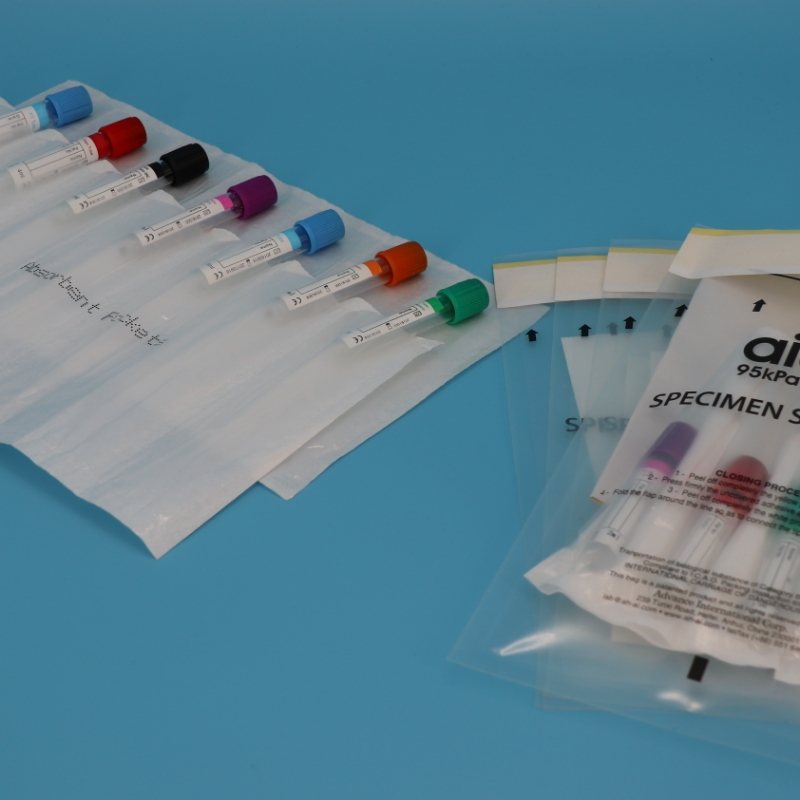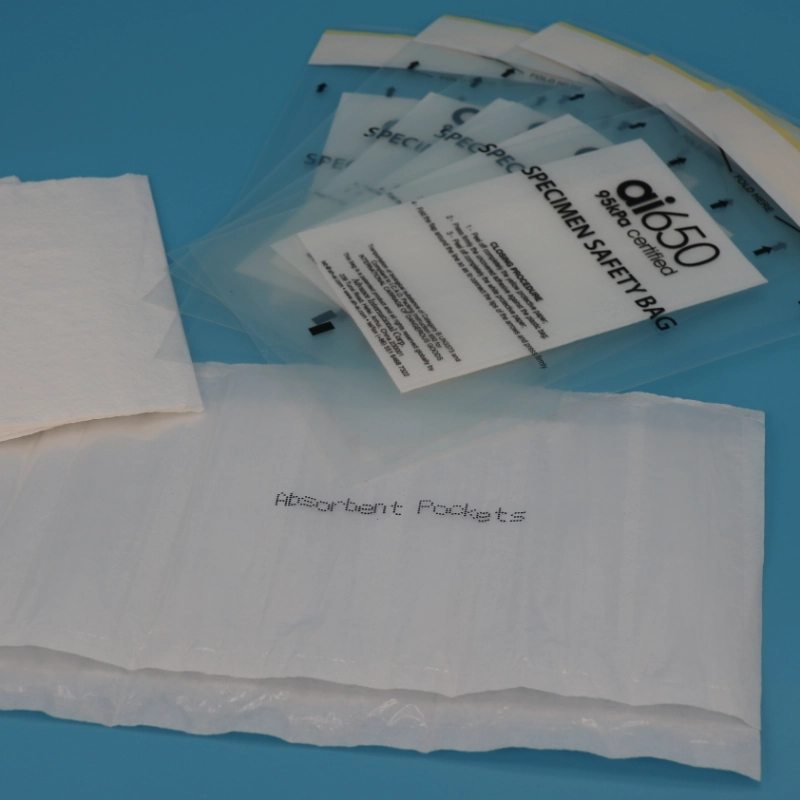Understanding Dangerous Goods and their Hazard Classes?
In today's fast-paced world, the transportation of goods is a crucial aspect of global trade. However, not all goods are created equal, especially when it comes to safety. Some substances pose significant risks due to their hazardous nature, making it essential to handle them with utmost care. This brings us to the topic of dangerous goods and their hazard classes. In this blog post, we will delve into the intricacies of dangerous goods classification and introduce you to our brand's solution for safe specimen handling – the AI650 95kPa specimen bag.
1. The World of Dangerous Goods
Dangerous goods, as the name suggests, refer to substances or objects that have the potential to cause harm to humans, animals, or the environment during transportation. These goods can be classified into several categories based on the type of hazard they present. The most common hazard classes include:
- Explosives: Substances that have a high reactivity, leading to an explosive release of gas, heat, or both.
- Flammable Gases: Gases that ignite easily and burn rapidly at normal temperatures and pressures.
- Flammable Liquids: Liquids with low flash points, meaning they can easily catch fire.
- Flammable Solids: Solids that can ignite easily and sustain combustion.
- Oxidizing Substances and Organic Peroxides: Materials that can cause or contribute to the combustion of other substances.
- Toxic (Poisonous) Substances: Chemicals that can cause severe health effects or death even in small quantities.
- Radioactive Material: Material that emits radiation, which can be harmful to living organisms.
- Corrosive Substances: Materials that can cause visible damage or destruction to living tissue or other substances.
- Miscellaneous Dangerous Goods: Substances that do not fall into any of the above categories but still pose a risk during transportation.
Understanding these hazard classes is vital for ensuring the safe handling, storage, and transportation of dangerous goods. It helps in implementing appropriate safety measures and complying with international regulations such as the International Air Transport Association (IATA) guidelines.
2. Enter AI650 95kPa Specimen Bags
Now that we have a grasp of the different hazard classes, let's shift our focus to a practical solution for safely transporting biological specimens – the AI650 95kPa specimen bag by customize. Our bags are specifically designed to meet the highest safety standards while providing convenience and reliability.
3. Key Features of AI650 95kPa Specimen Bags
- Robust Construction: Made from durable materials, these bags are built to withstand rigorous conditions during transportation. They offer excellent resistance against punctures, tears, and leaks, ensuring the integrity of the specimens inside.
- Optimal Pressure Resistance: With a pressure rating of 95kPa, these bags can handle the internal pressure generated by biological samples without compromising their structural integrity. This feature is particularly crucial when dealing with gas-producing specimens or those requiring vacuum sealing.
- Leak-Proof Seal: The innovative sealing mechanism ensures a tight closure, preventing any leakage or contamination. This not only safeguards the specimens but also protects handlers and the surrounding environment from potential hazards.
- Clear Documentation: Each bag comes with a designated area for clear labeling and documentation, allowing for easy identification and tracking of specimens. This feature streamlines inventory management and enhances traceability throughout the supply chain.
- Compliance with Regulations: Our AI650 95kPa specimen bags adhere to stringent industry standards and regulatory requirements, including those related to the transportation of dangerous goods. By using our bags, you can be confident in your compliance with local and international guidelines.
- Versatility: Suitable for a wide range of specimen types, from blood and tissue samples to infectious agents and hazardous chemicals, these bags offer unparalleled versatility. Whether you're in a medical laboratory, research facility, or diagnostic center, our bags have got you covered.
4. Why Choose AI650 95kPa Specimen Bags?
When it comes to handling dangerous goods, especially biological specimens, safety should never be compromised. Here's why AI650 95kPa specimen bags stand out:
- Peace of Mind: With our bags, you can rest assured knowing that your specimens are securely contained, minimizing the risk of accidents and exposure to hazardous materials.
- Efficiency: Streamline your workflow with easy-to-use bags that facilitate quick and accurate sample collection, storage, and transportation.
- Reliability: Trust in a product that has been rigorously tested and proven to perform under demanding conditions. Our bags are backed by a commitment to quality and customer satisfaction.


